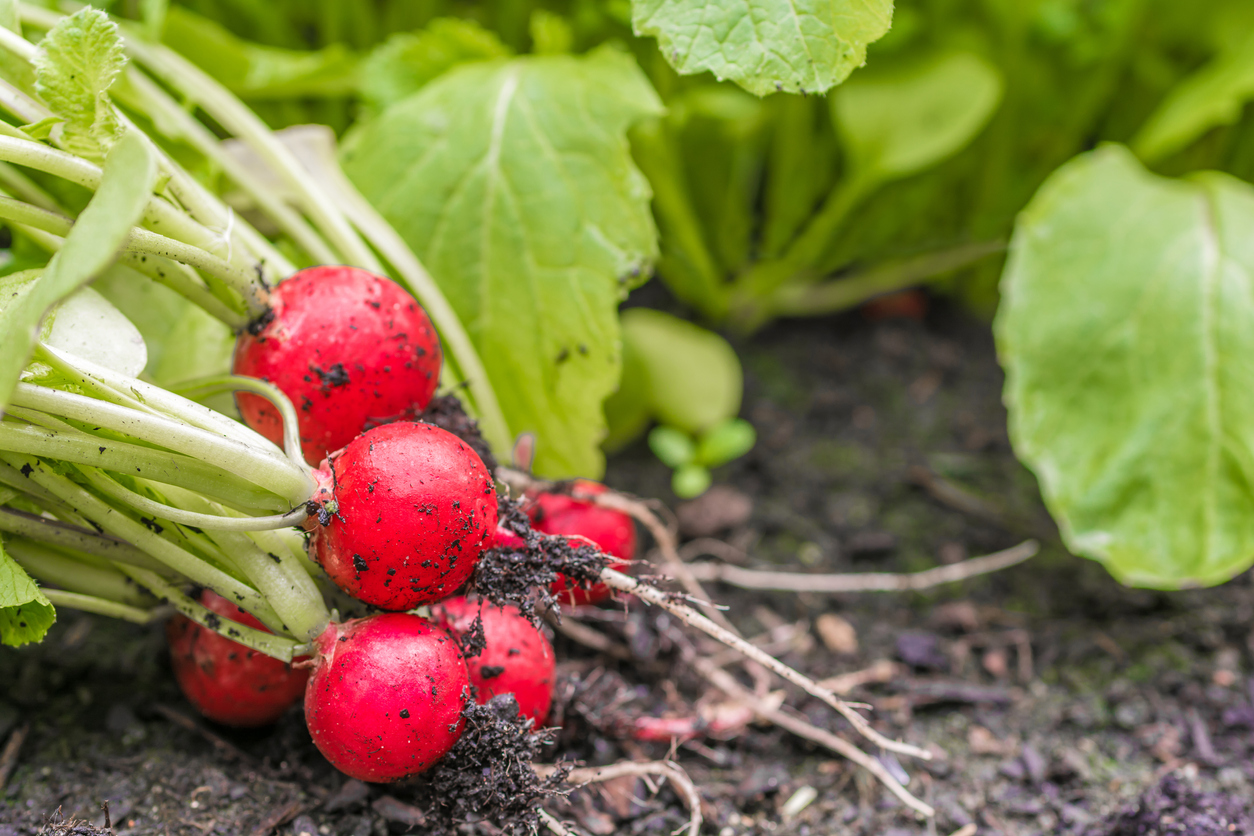You can find an all-purpose cleaner, all-purpose flour, all-purpose anything, really. It’s nice that way. All your needs get taken care of with one item. It’s true for plant fertilizer, too. You don’t need to buy one for your tomatoes, one for your carrots, another for your herbs, and so on. Even better, the best all-purpose plant fertilizer is free! Or at least cheap.
I’m not opposed to buying a good fertilizer for the garden. If you’re especially short on time or aren’t into making your own fertilizer, there are plenty of excellent commercial options available. No judgment here!
You should know, however, that you don’t have to be a trained chemist to make the best all-purpose plant fertilizer. There is a lot of chemistry involved, but you don’t have to know all the details to make a fertilizer that works. Just like you don’t need to know the chemical composition of that heirloom tomato to know it’s one of the best tastes on earth. Let’s not get into the weeds, though. Here are some fantastic fertilizers you can make with what you probably already have around your home.
Discover 7 top tips for growing, harvesting, and enjoying tomatoes from your home garden—when you access the FREE guide The Best Way to Grow Tomatoes, right now!
Your DIY guide to the best all-purpose plant fertilizer around
There are entire books and college classes on the science of fertilizer and plant nutrition. At the risk of glossing over the immense amount of work that so many have done to bring us this knowledge, let’s just say that the best all-purpose plant fertilizer has some combination of nitrogen, phosphorus, and potassium, along with smaller amounts of nutrients like zinc, manganese, magnesium, and many other nutrients.
If you want to make the most of your efforts, a soil sample test will tell you what you need to balance your soil. Again, though, we’re looking into the best all-purpose plant fertilizer – something that will work for most soils and most plants under most conditions.
Our go-to is always a good, finished compost that, ideally, you can mix into your soil before you get your plants in the ground (or in the containers). But since we can’t all be that organized, or sometimes the timing of the compost just doesn’t work, it’s good to have additional options.
1. Grass Tea. The first recipe is about as easy as it gets. Fill a five-gallon bucket with freshly cut grass and cover with water. Wait five days, then strain the water. Add one-and-a-half cups of grass tea to a gallon of clean water and use it to water your garden.
2. Epsom salt tea. Epsom salt is another great fertilizer. Just dissolve a tablespoon of Epsom salt in one gallon of water and use it for your vegetable garden. Magnesium sulfate is an excellent nutrient for fruit growth.
3. Bananas and eggshells. For something a bit more complicated, but also with more nutrients, grab your banana peels, eggshells, and Epsom salt. First, you’ll need to dry the banana peels and eggshells. For the eggshells, just rinse them clean and place them on a cookie sheet lined with parchment paper. To dry the banana peels, slice them into thin strips and lay them, outside down, on the parchment.
Discover 7 top tips for growing, harvesting, and enjoying tomatoes from your home garden—when you access the FREE guide The Best Way to Grow Tomatoes, right now!
You can either cook them at the lowest possible temperature until they are dry, or put them in the oven when you cook something else. How long they take to dry depends mainly on how much moisture they are retaining, as well as the temperature at which you cook them. I usually set a timer and check them every thirty minutes.
Once they are dry, blend your eggshells and banana peels into a fine powder. Mix one tablespoon of this mix plus one tablespoon of Epsom salt into one gallon of water and water your plants. Although this does require a bit more work than the grass tea or straight Epsom salt fertilizer, it’s probably the best all-purpose plant fertilizer, as it contains a wealth of nutrients that almost all your vegetables will appreciate. Plus you only need three ingredients!
A word of warning, though. As with any fertilizer, less is better than more. It’s way easier than it should be to overdo it and burn your plants, which is another way of saying that a little goes a long way.
Do you have a favorite homemade all-purpose plant fertilizer? I’d love to hear your thoughts in the comments.
Discover 7 top tips for growing, harvesting, and enjoying tomatoes from your home garden—when you access the FREE guide The Best Way to Grow Tomatoes, right now!

4 replies on “How to Make the Best All-Purpose Plant Fertilizer with 3 (or Fewer) Simple Ingredients”
Can you tell me the ratio of egg shells to banana peels to grind together? Thank you.
I was thinking to use just kitchen scraps which include citrus peels, bananas, greens, as well as using young weeds. And then put some of the above in a bucket (reused 10litre containers) and add water as well as epsom salt. I suppose allowing this mixture to airate by drilling some holes in the lid to allow natural rotting and prevent fermentation. Then using this mixture after about a week obviously also diluted on my plant babies? Could also add some kombucha scobies to the mixture. I think that could work?
Love this. Thanks for sharing
Love all these ideas. Thank you for sharing.